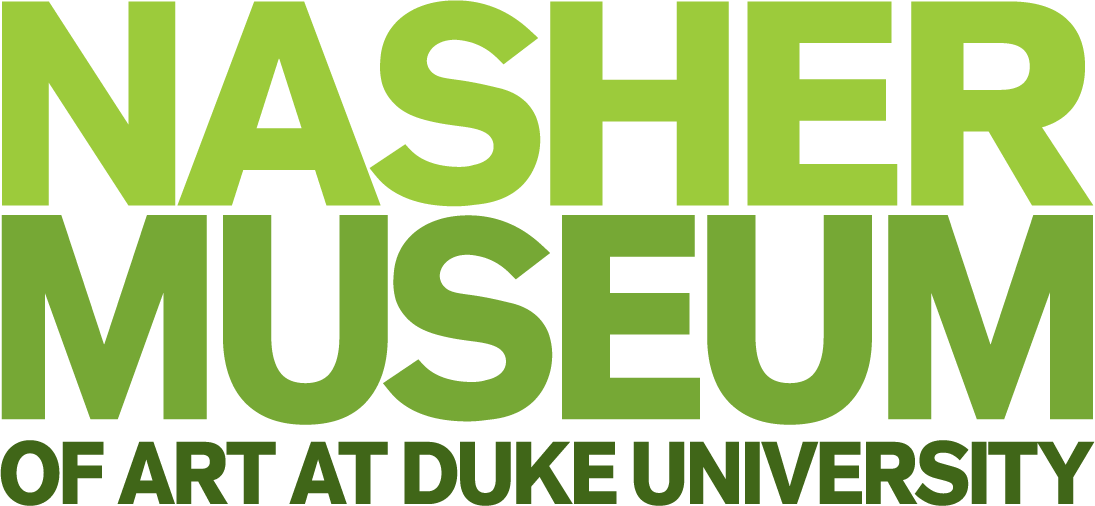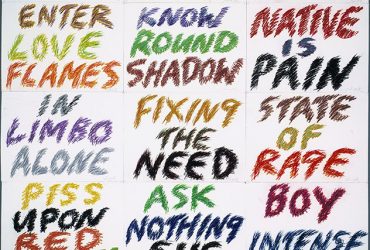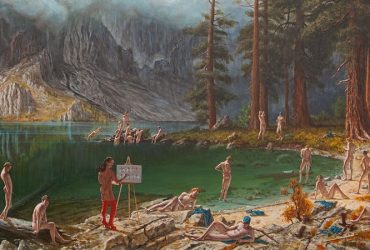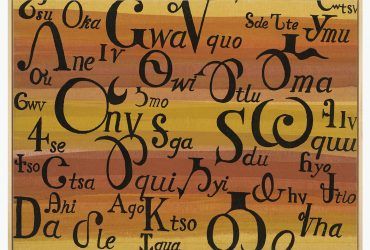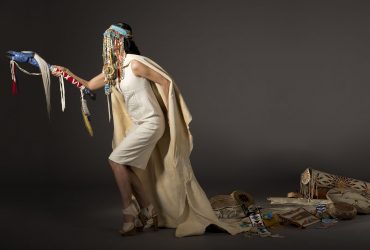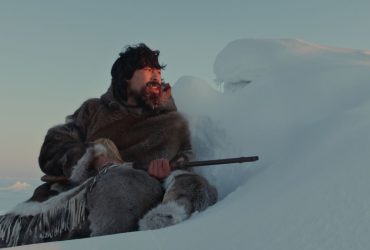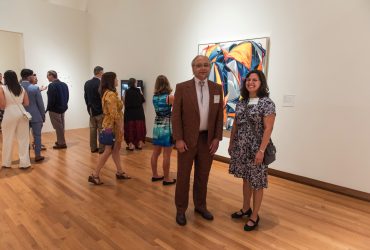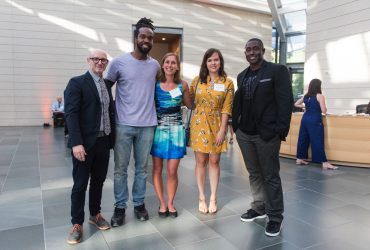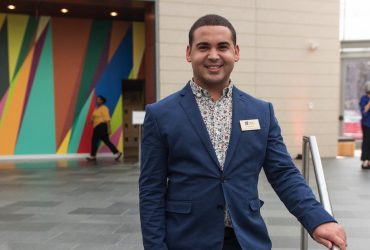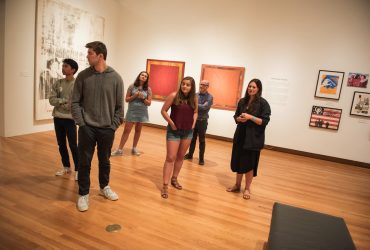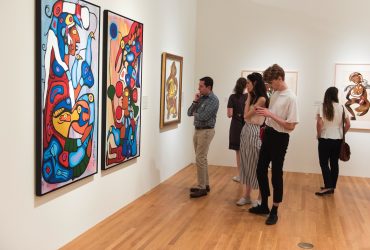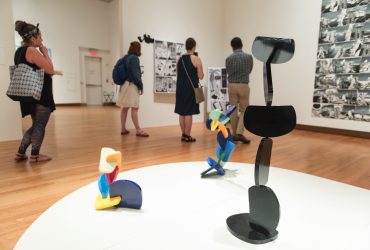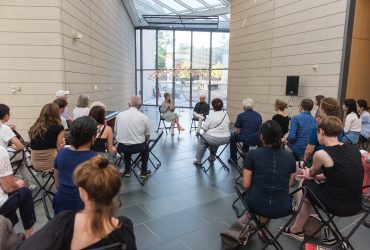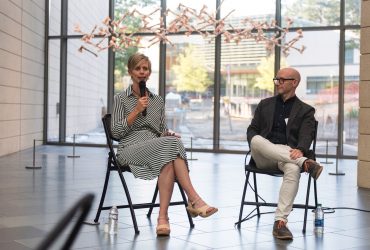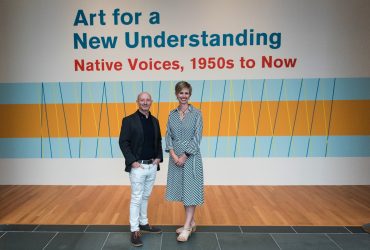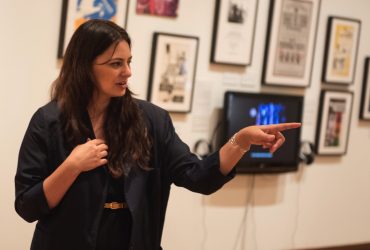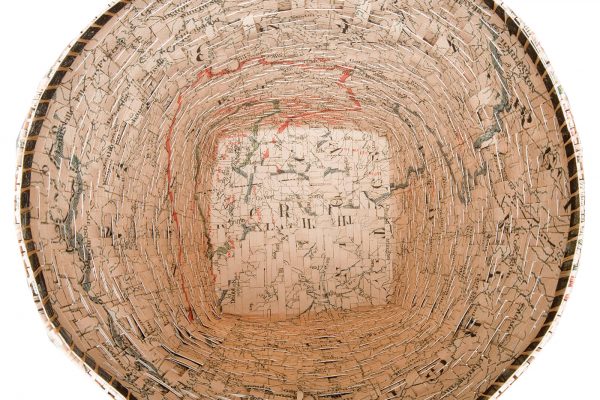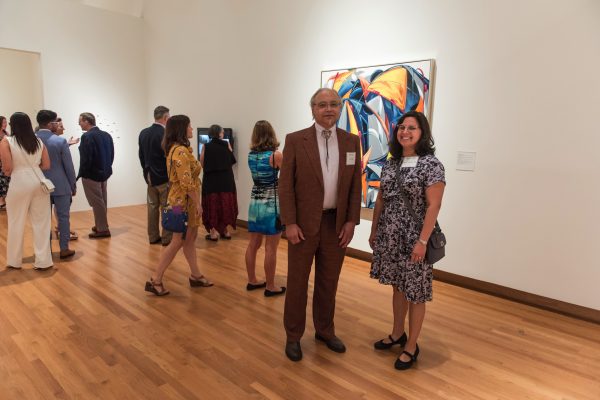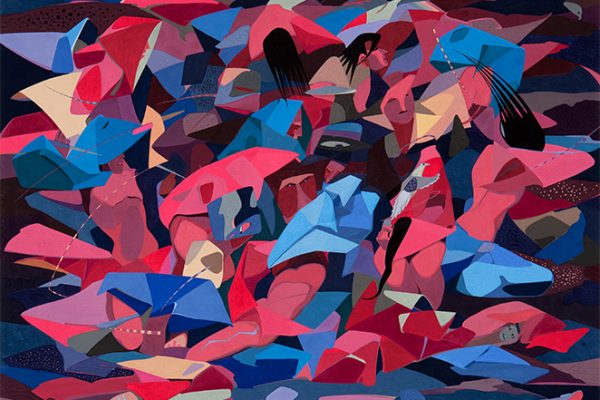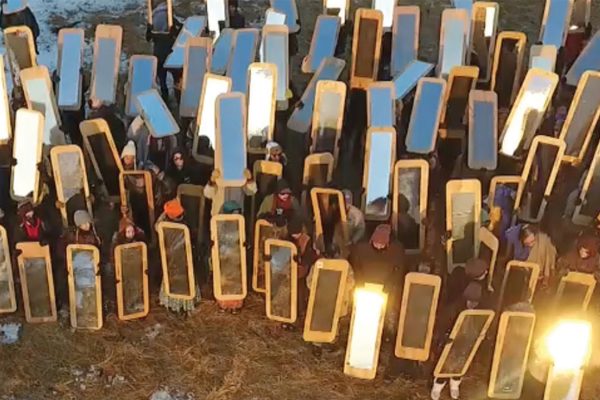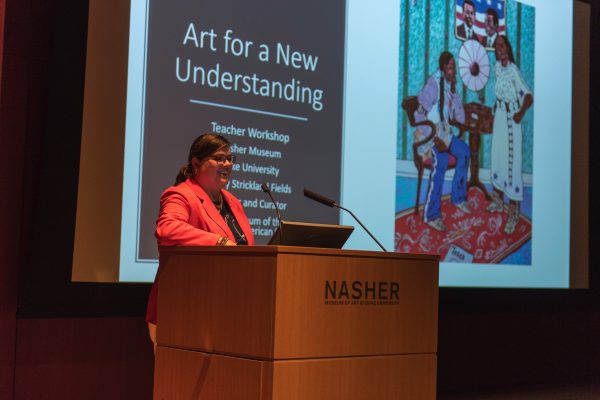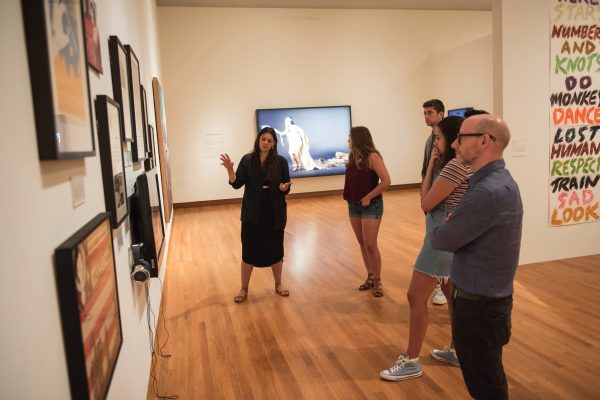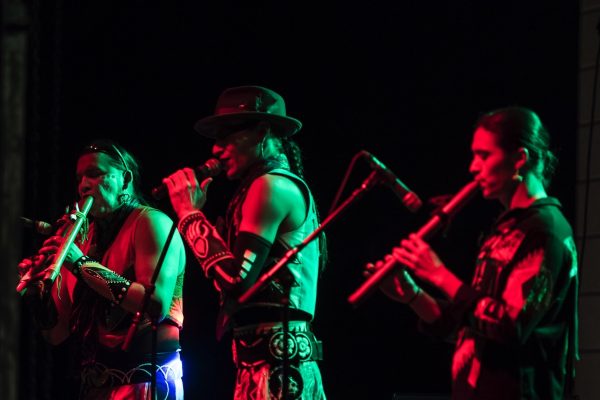Art for a New Understanding: Native Voices, 1950s to Now

Art for a New Understanding: Native Voices, 1950s to Now is the first exhibition to chart the development of contemporary Indigenous art in the United States and Canada. For generations, Native North American artists have exhibited work mostly outside of mainstream art institutions. Native Voices begins to remedy that division, presenting approximately 60 works of art in a wide variety of media by Native American artists from many nations and regions. The exhibition examines the practices and perspectives of the most influential Native artists and their important contributions to American art, thus reassessing the place of Indigenous art within the art historical canon.
“This rich and groundbreaking exhibition presents work by some of the most important Native American artists over the past 70 years,” said Sarah Schroth, Mary D.B.T. and James H. Semans Director of the Nasher Museum of Art at Duke University. “We are proud to bring these powerful works to North Carolina for the first time. In keeping with the mission of the Nasher Museum, Native Voices challenges the way the mainstream art world thinks about contemporary American art and society.”
The exhibition traces a richly layered chronological journey that also connects themes across time. It begins in the 1950s and 1960s with the works of George Morrison, Daphne Odjig, Fritz Scholder, and many others who challenged conventional representations of and by Indigenous peoples, marking the emergence of contemporary Native American art. In the 1970s and 1980s, artists such as James Luna, Edgar Heap of Birds, and Jolene Rickard were aligned with Civil Rights activism and made visible in the American Indian Movement (AIM). These artists grappled with negotiating transculturalism—the navigation between all tribes’ histories and traditions—while acknowledging an overarching need to recognize a stereotype-defying pan-Indian identity. Their work introduced culturally-specific institutional critique, forcing a reconsideration of how Indigenous culture and material production is contextualized in museums and in popular culture.
A New Generation
By the 1990s, the decidedly political work of Rebecca Belmore, Zacharias Kunuk and Lawrence Paul Yuxweluptun and many others directly confronted colonial legacies in video, television, sound, performance and installation. A new generation of Native artists emerged after 2000, some using traditional practices in radically new ways: as a means to represent psychological states, to question the circulation of signifiers of Indigenous identity and to visually represent the reclaiming of Indigenous languages. Andrea Carlson, Sonya Kelliher-Combs, Jeffrey Gibson, Brian Jungen, Kent Monkman, Marie Watt are among those who challenge inherent biases and upend dominant art history by reversing the paradigm of an Anglo-European narrative.
Native Voices: Darien Herndon
How does it feel to walk through an exhibition of contemporary Native American art? In this episode of the Nasher Museum Podcast, you’re listening to Darien Herndon, Duke Class of 2021, a member of the Lumbee Tribe and als...
Duration 6m10s Published
In seven episodes of our Native Voices podcast series, a Duke student, visiting artists, scholars and a local community leader talk about how they saw stereotypes debunked in Art for a New Understanding: Native Voices, 1950s to Now, which closed recently.
A Conversation
The Nasher Museum of Art at Duke University would like to acknowledge the Coharie, Eastern Band of Cherokee Indians, Haliwa-Saponi, Lumbee, Meherrin, Occaneechi Band of the Saponi, Sappony, and Waccamaw Siouan peoples whos...
Published
Kinship & Belonging
The Nasher Museum presents Kindship & Belonging, an interactive feature on a 20-foot wall in the museum’s Great Hall, created in conjunction with the major fall exhibition, Published
“Art for a New Understanding: Native Perspectives, 1950s to Now”
Native artists have long employed strategies such as appropriation and institutional critique to counter colonialist ideology and exclusionary art-historical practices.
file download from Artforum | Published April 01, 2019
Exhibition Catalogue
The hardcover catalogue Art for a New Understanding: Native Voices, 1950s to Now was published by Crystal Bridges Museum of American Art to accompany the traveling exhibition now on view at the Nasher Museum. The ex...
Published
Beyond Inclusion
INDIGENOUS ART DOES not rest easily in the category of “American art,” that is, art of the United States. First Nations predate the country’s conception. They transgress its borders and assert sovereignty over the land tha...
view article on Art in America | Published February 01, 2019
“A highlight of my job each year is discussing and debating with thoughtful faculty, staff and students about our summer reading selection. We are excited that the author Tommy Orange is giving a talk about his book There There during Orientation Week and that students will be able to discuss themes in the book with each other, in their academic coursework and at the Nasher Museum, in the exhibition Art for a New Understanding: Native Voices, 1950s to Now. We think engaging in these conversations will help students think about how we not only relate to the land on which we stand, but also how we relate to each other.” —Jordan Hale, director of New Student Programs, associate dean of Housing and Residence Life at Duke
Internships & AssistantshipsSupport
Art for a New Understanding: Native Voices, 1950s to Now is organized by Crystal Bridges Museum of American Art, Bentonville, Arkansas.
The exhibition is co-curated by independent curator Candice Hopkins (Tlingit, citizen of Carcross/Tagish First Nation in the Canadian territory, Yukon), Mindy Besaw, curator of American art at Crystal Bridges, and Manuela Well-Off-Man, chief curator of the Museum of Contemporary Native Arts at the Institute of American Indian Arts in Santa Fe, New Mexico.
Support for this exhibition and its national tour is provided by the National Endowment for the Humanities, the National Endowment for the Arts, and the Sotheby’s Prize.
This project is supported in part by an award from the National Endowment for the Arts.
This exhibition has been made possible in part by the National Endowment for the Humanities: Exploring the human endeavor.
At the Nasher Museum, this exhibition is made possible by the William R. Kenan, Jr. Charitable Trust, with additional support from The Nancy A. Nasher and David J. Haemisegger Family Fund for Exhibitions.
This project was supported by the N.C. Arts Council, a division of the Department of Natural & Cultural Resources.

